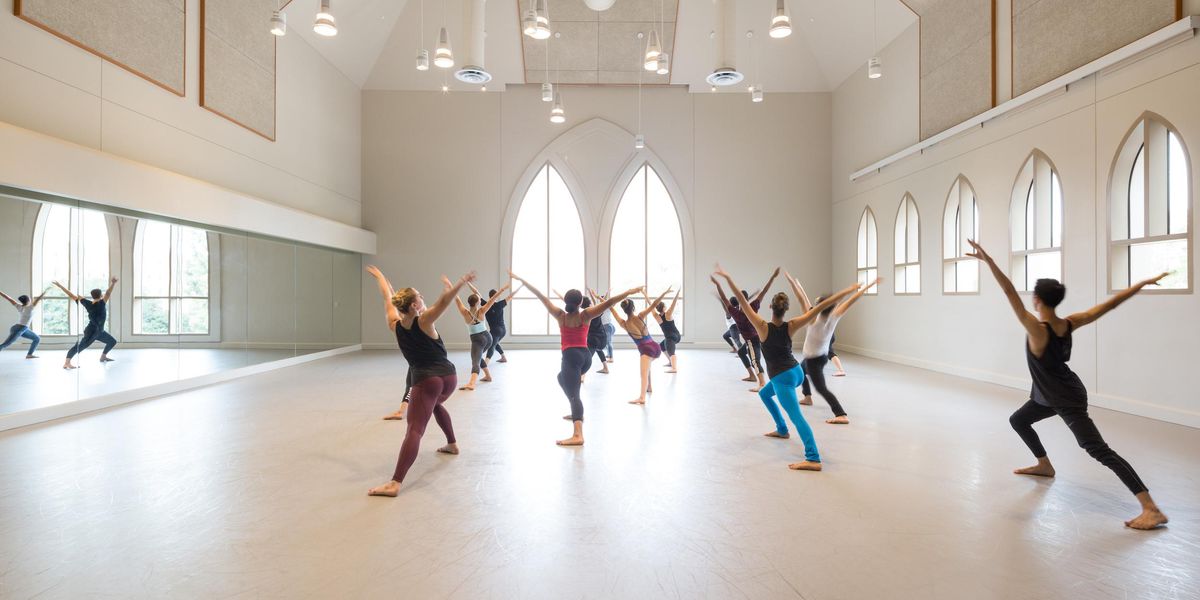More Than A Solo
So often, a great competition soloist sweeps the awards for an outstanding work they’ve thoroughly mastered—but then falls apart when trying to learn anything else. How can you avoid a similar fate? By approaching your competition prep strategically so it can enhance your training.
Dance a character outside your comfort zone.
When selecting variations for their students, Slawomir and Irena Wozniak at Master Ballet Academy in Arizona often look for roles that contrast the dancers’ natural temperaments. “To get hired you must show range,” Slawomir says. The happy prince, full of love, has a different approach to the same steps as a cocky Basilio from Don Quixote, and learning the distinctions can enhance your artistry.
Push for tougher choreography.
Kelly Burke, artistic director of Westchester Dance Academy in New York state, sees dancers improve when given something to aspire to. “Knowing we’ll have a weekly private session to rehearse the solo, I give dancers choreography that’s technically harder than what they can do,” she says. “Of course, I’d never let them perform it until it’s done correctly.” If your solo is well in hand, ask the choreographer if you can shoot for an extra turn here or a riskier weight shift there.
Analyze every step.
If you have a one-on-one with your teacher to fine-tune your performance, don’t stop at cleaning up arm placement. “Look at all the technical details,” says New York City Dance Alliance faculty member Suzi Taylor. “Go beyond checking your lines and examine whether you’re using your back to support your arms and overall alignment. Is your supporting leg fully turned out every time?” These details translate to everything else you do.
Study your transitions.
Burke finds that when she spends a whole coaching session on specificity in the moments between steps, her dancers wind up doing a lot of work on technique that supports the rest of their dancing. Look at engaging turnout as you step up from the floor or identify where your weight is as you come out of a turn, she says.
Build strength with musicality.
Matching the music can stretch your limits. Take a juicier approach to a développé when the music swells, for example, and over time you’re sure to feel stronger in your supporting leg and in the extension. “Playing with the way you approach your port de bras in the solo may bring some upper-body clarity to your other movement,” says Taylor. “That’s improving your total carriage, the full picture.”
Fill in the blanks on your own.
Use your competition solo to dive deeper. If there’s something you’re struggling with in your solo, pay extra attention to it in class. Or give your brain a workout, and run the variation starting on the opposite leg. Do a little research to establish an emotional connection to the work. “Maybe you need to read about French history or dancers who have come before you,” Wozniak says. It could make a difference in front of the judges and in your overall understanding of the movement.




